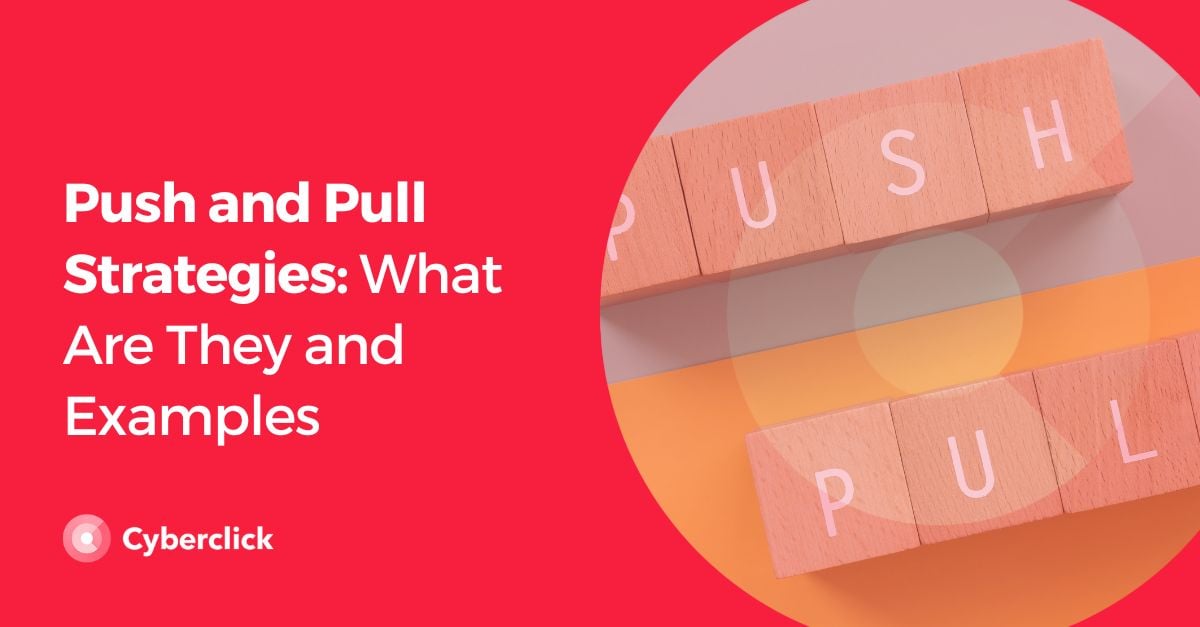Lead scoring is not a one-size-fits-all system. Each company has its own uniquely designed scoring strategy that fits its particular objectives and targets. Even with the inherently individual nature of predictive lead scoring, it is beneficial to have a few examples in order to build your marketing strategy and figure out how to best calculate a lead score.
But don't worry, you don’t have to reinvent the wheel. In this article, we have gathered some different examples of lead scoring models to help you strengthen your lead nurturing strategy. Let’s take a look!
What Is Lead Scoring?
Lead scoring is the process of assigning a numerical value to each lead that you receive in order to assess how you should treat it. It is important to know how to calculate a lead score because not all leads are created equal. For instance, you would not approach someone at the top of the conversion funnel with the same type of content and attention as someone at the bottom of the funnel.
A few lead scoring best practices include assessing how often a lead has interacted with your business, noting how many times they have visited your website, and evaluating how prepared they are to receive sales materials.
The following models serve as a good reference point to begin building your own lead scoring strategy.
6 Examples of Lead Scoring Models
1. Lead Pilot
Lead Pilot is an inbound marketing tool for financial advisors that has its own integrated lead scoring tool.
The way it works quite simply: each lead is assigned a score between 1 to 100, and the score is changed and updated in real-time to take each of their actions into account. The higher the score, the more qualified the lead is.

The algorithm takes into account how the lead has interacted with content, the actions they’ve taken on the website, the amount of time they’ve spent, and other factors. Lead Pilot uses artificial intelligence to quantify the leads, but users can also adjust the scores if needed.
For example, suppose you have a financial product website and a user takes the following actions:

- Downloaded an ebook and left their data: +5 points
- Searched within the website: +2 points
- Watched a webinar: +10 points
- Opened an email: +3 points
- Visited the prices page on the website: +20 points
In this case, the lead would have a total score of 40 points.
2. Juan Merodio
Merodio’s lead scoring matrix is based on two different scores: the PAIN score and the FIT score.
The PAIN score represents the intensity of the problem or pain point that the client is facing. You can assign a score from 0 (the lead does not have a problem) to 10 (the problem is very pressing for the lead and they need a solution soon).
The FIT score represents how close the user is to your company’s buyer persona or ideal client. For example, if the lead has the economic resources to acquire your solution and apply it effectively.
The final lead score should be a sum of the PAIN score and FIT score.
Using this score, Merodio categorizes the lead into different groups (cold, warm, hot) or if they are ready for more marketing (MQL) or sales activity (SQL).

3. Cyberclick
At Cyberclick we have designed our own lead scoring matrix based on two parameters.
- The demographic profile of the lead, obtained from the data the lead left while downloading a form, for instance. We then classify the lead into different categories such as stranger (someone we don’t have enough data on), unsuitable, suitable, and highly suitable.
- The behavior of the lead, including the interactions they had with our website and our content. A lead can be considered inactive, less active, active, or very active.

Based on this table, we can have up to 16 different possible lead combinations. We can assign different “temperatures” to each category to get a better idea of how to handle each case.
- Cold Leads: We don’t know much information about them or they are inactive
- Warm Leads: They are more active than cold leads but they are not yet at the optimal combination of both parameters.
- Hot Leads: These leads are very active. They are the ones we are most interested in and who we should be
4. Silverpop
Sliverpop’s system is similar to what we use. It features a template with 16 different possible combinations of interest and suitability. The difference is that their final classification system has the four following categories.
- Dead Leads (those who have little interest and do not require attention)
- Marketing Qualified Leads
- Leads Qualified for Demand Generation Actions
- Sales Qualified Leads

5. Business2Community
Business2Community has a very simple example of lead scoring for B2B businesses. The matrix is based on the answers that the users give to 4 questions: job position, department, company size, and type of company. With each answer, you can assign 4 possible scores.
- Best answer: Maximum points
- 2nd Best Answer: 2nd Level of Points
- 3rd Best Answer: 3rd Level of Points
-
Negative Answer: Negative points

Once you’ve assigned the points, you combine the different factors to obtain the final score for each lead. For example, according to the above table, a Director of Human Resources of an NGO with 600 workers would receive 23 points (8 + 15 + 5 - 5).
6. Hubspot Lead Scoring
Hubspot has a predictive lead scoring model that uses machine learning to sort through thousands of pieces of data to find your best potential leads. Because this system is automated, it will update and optimize its lead scoring process over time, saving you time and energy. Hubspot's tool also allows you to customize how you score leads to ensure that the process works well for your business.

Another useful feature that Hubspot offers is creating different scoresheets for different audiences or leads. This is especially useful when your business is growing because you may be expanding into various industries, countries, etc., and have to score these leads in different ways. Thanks to Hubspot, you can have up to 25 unique lead scoring models that adapt to all your business's needs.
We hope these examples of lead scoring models can help you create your own lead scoring best practices and achieve your sales goals!
CEO y cofundador de Cyberclick. Cuenta con más de 25 años de experiencia en el mundo online. Es ingeniero y cursó un programa de Entrepreneurship en MIT, Massachusetts Institute of Technology. En 2012 fue nombrado uno de los 20 emprendedores más influyentes en España, menores de 40 años, según la Global Entrepreneurship Week 2012 e IESE. Autor de "La empresa más feliz del mundo" y "Diario de un Millennial".
CEO and co-founder of Cyberclick. David Tomas has more than 25 years of experience in the online world. He is an engineer and completed an Entrepreneurship program at MIT, Massachusetts Institute of Technology. In 2012 he was named one of the 20 most influential entrepreneurs in Spain, under the age of 40, according to Global Entrepreneurship Week 2012 and IESE. Author of "The Happiest Company in the World" and "Diary of a Millennial".







Leave your comment and join the conversation